Collection Showcase
In this post, we would like to highlight one of our favourite collections: La Celestina. This text, written by Fernando de Rojas, is one of the most important and famous texts from Spain. It was originally published in 1499 by Fadrique (Alemán) de Basilea in Burgos and titled Comedia de Calisto y Melibea with only 16 acts. Beginning with the 1500 and 1502 editions, the title changed to Tragecomedia de Calisto de Melibea, highlighting the tragedy component in the text and adding 5 additional acts (there is much debate surrounding which of the two editions is the true leader in this change). In the present day, it bears the name of one of the central characters, Celestina (a witchcraft practicing procuress), instead of the romantic leads.
When considering the visual culture surrounding La Celestina, our collection consists of 17 different editions ranging from 1499-1899. These editions range from different cities and even countries. In general, the text, as well as the images, help viewers reflect on ideas of law, fortune, prostitution, honour, class structures, love, death, and so much more in the medieval and renaissance period of Spain.
This collection bears important examples of how the action in the story could have been perceived by audiences during its time period, along with the evolution of these perceptions and representations during the 400-year span of our collection. The images reflect the key plot points and/or entrance of characters in each act.
For example, the image below comes from the 1502 Jacobo Cromberger edition from Seville. This image is of a woodcut by Cromberger depicting act IV of the text, wherein Lucrecia, Celestina, Alisa, and Melibea all interact as Celestina enters Melibea’s household. This image is interesting as on the far left, the viewer first sees a building, indicating a scene change, followed by the four women. This is imperative as it not only demonstrates setting, but also depicts an image where the women of the text are all highlighted as critical to the plot. Another point worth considering is the wardrobe of the four women; the two younger women (on the outside) and the “mothers” (on the inside) all differ through their gowns and their headdresses.
Overall, this collection is filled with images that help the reader better understand the situation in each act as they traditionally accompany the act’s summary at the beginning of each section. In addition, the iconography in the text helps viewers study new paths that may have been overlooked in the past – opening avenues for an abundance of fresh new scholarship. We hope that you find this collection just as amazing as we do!

